

Back to my portfolio


Sorry, website not available on mobile devices. Please check it out on a larger display
Fast-Tracking the Future: The Potential of High-Speed Rail in the United States
Ever wondered what public travel would look like if the country were a leader in high-speed trains?
By Aniket Agarwal
High-speed rail is a type of rail transport that operates at speeds significantly higher than traditional rail traffic, typically ranging from 155 mph to over 250 mph. High-speed trains use dedicated tracks or tracks that have been upgraded to accommodate their high speeds. These trains are often built with specialized features such as aerodynamic designs and lightweight materials to reduce drag and increase speed.
High-speed rail is often seen as a more efficient and sustainable alternative to air travel for medium-distance trips. It is also a popular form of transportation for commuting within and between cities. In some cases, high-speed rail lines have been built to connect cities that are too far apart to be easily served by traditional rail, such as the Shinkansen in Japan and the TGV in France.
The development of high-speed rail has had a major impact on the transportation industry. In many countries, high-speed rail has replaced short-haul flights, reducing congestion at airports and lowering greenhouse gas emissions. High-speed rail has also been credited with stimulating economic growth by making it easier for people and goods to travel between cities.
Railways played a significant role in the early history of the US, being the country's first national transport system. The rail network transported economic migrants west as the US expanded and drove the nation's industrialization by allowing the mass transportation of goods. The economic activity created by rail was how financiers such as JP Morgan built their business empires, which had a significant impact on some of the country's biggest economic booms and busts. The rail network also had a political impact, with the more extensive rail system in the north helping the Union defeat the Confederacy in the Civil War. The legacy of the investment in the national rail system continues today, with the US freight rail network supporting an $80bn industry. However, passenger rail travel is much less prevalent in the US than in other large countries.
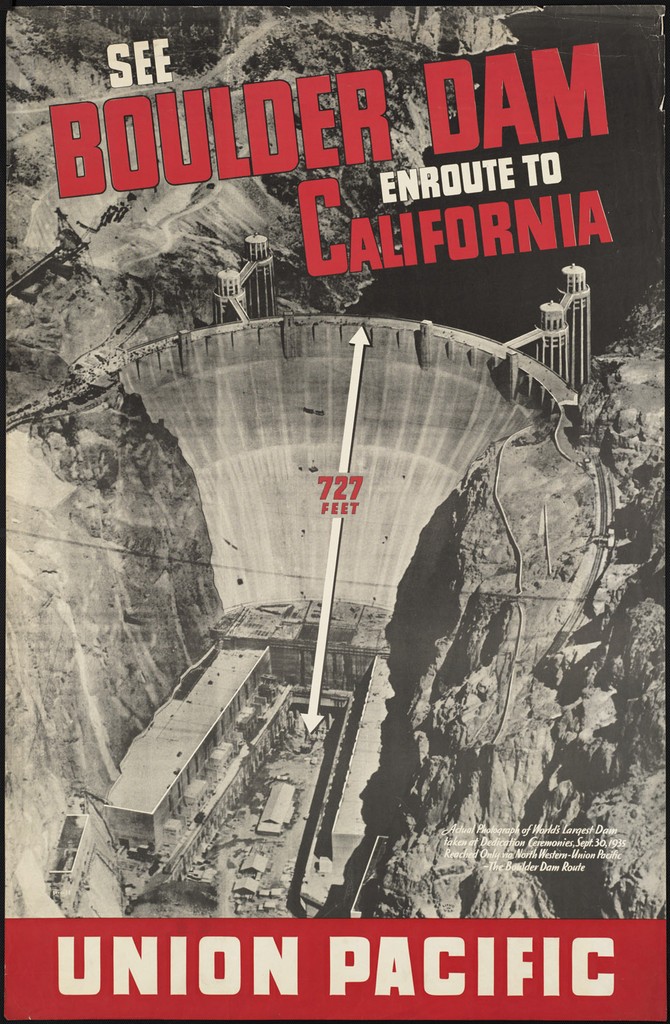
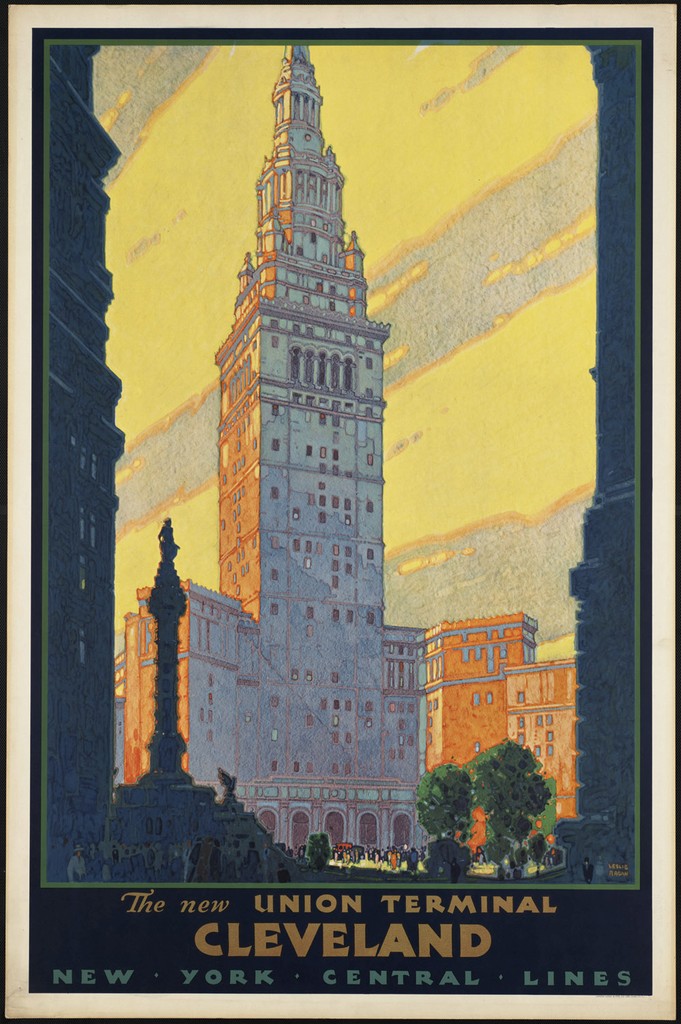
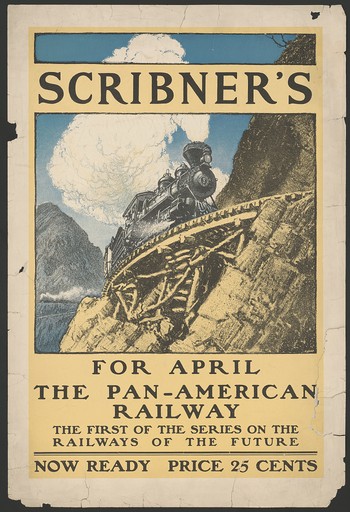

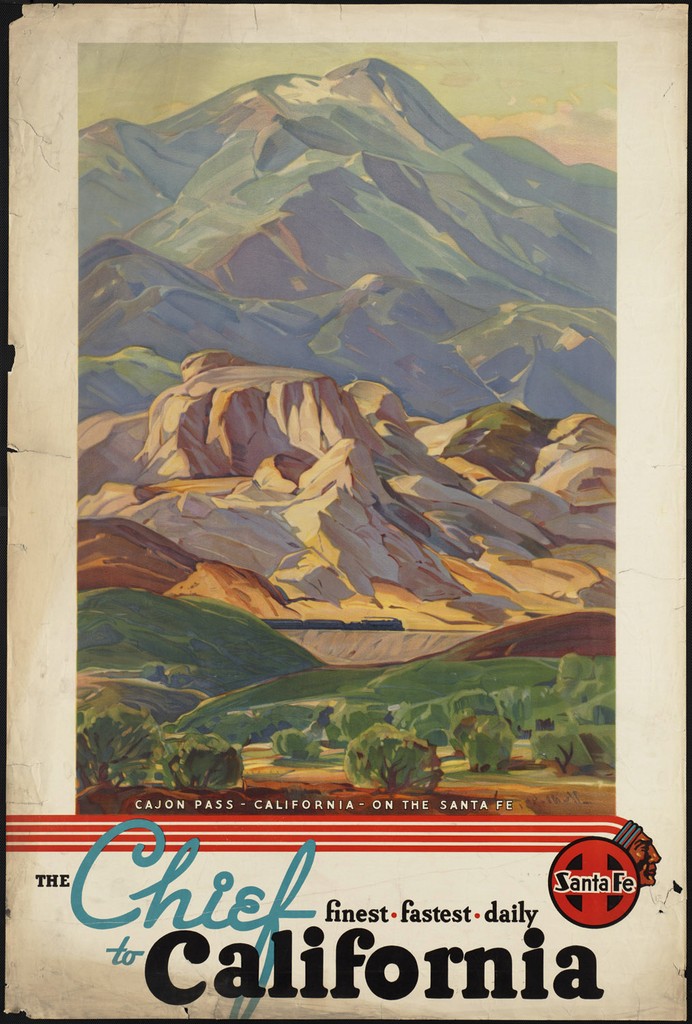
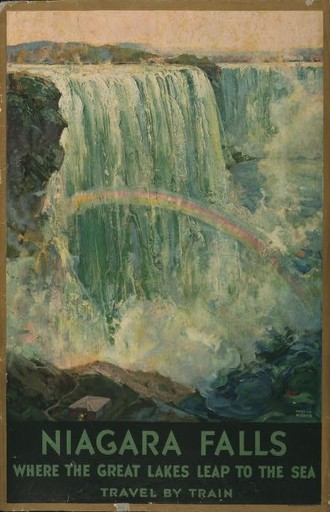
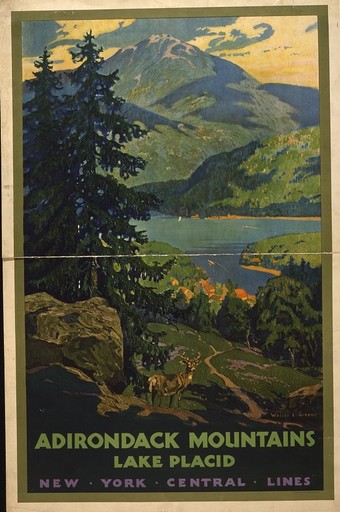
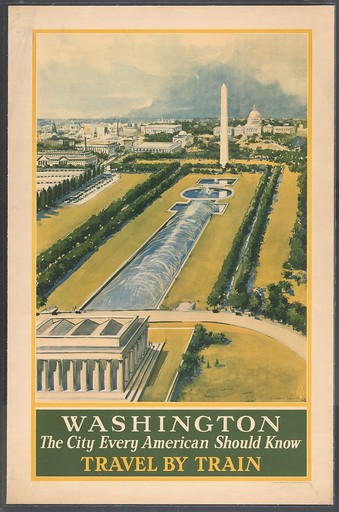
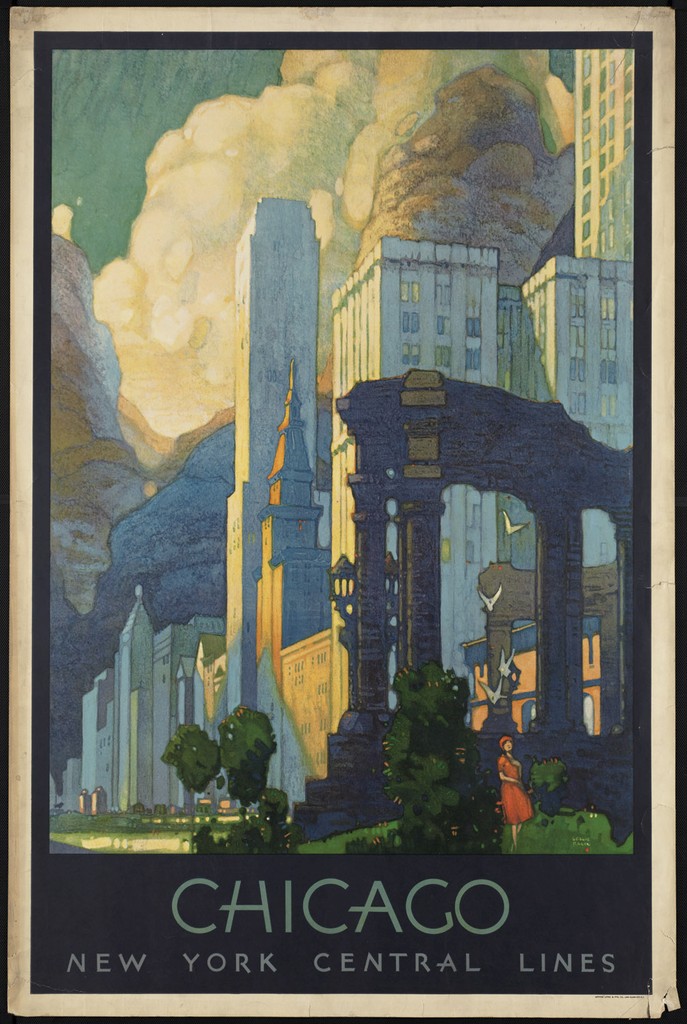
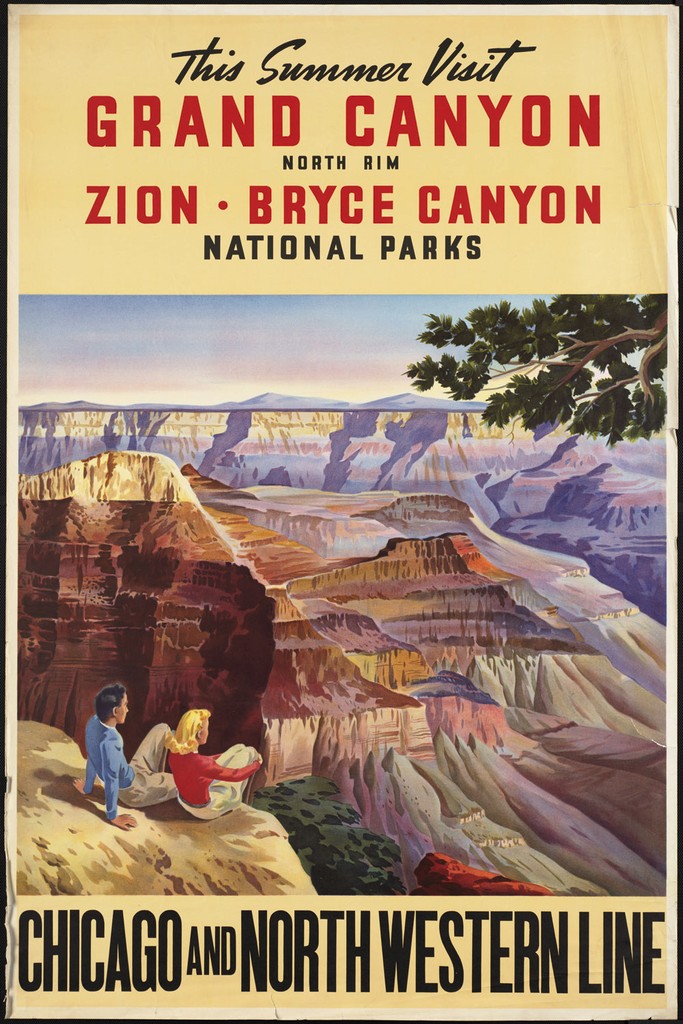
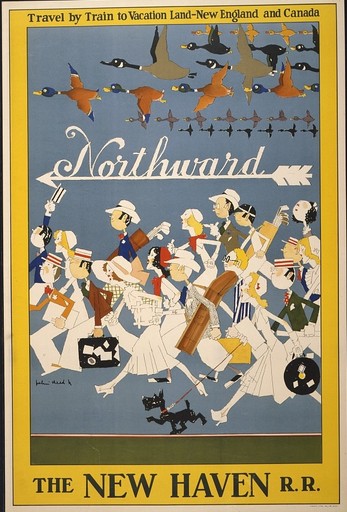
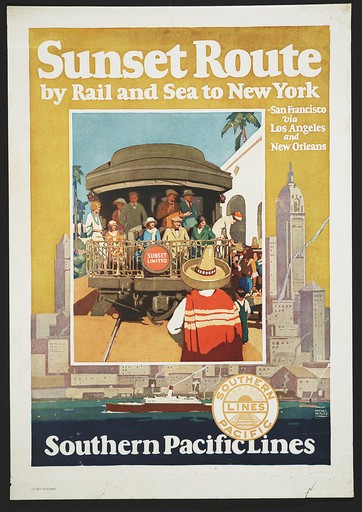
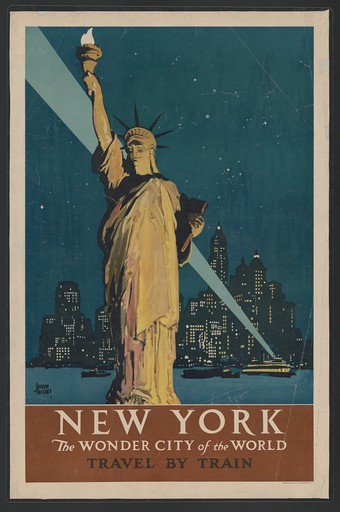

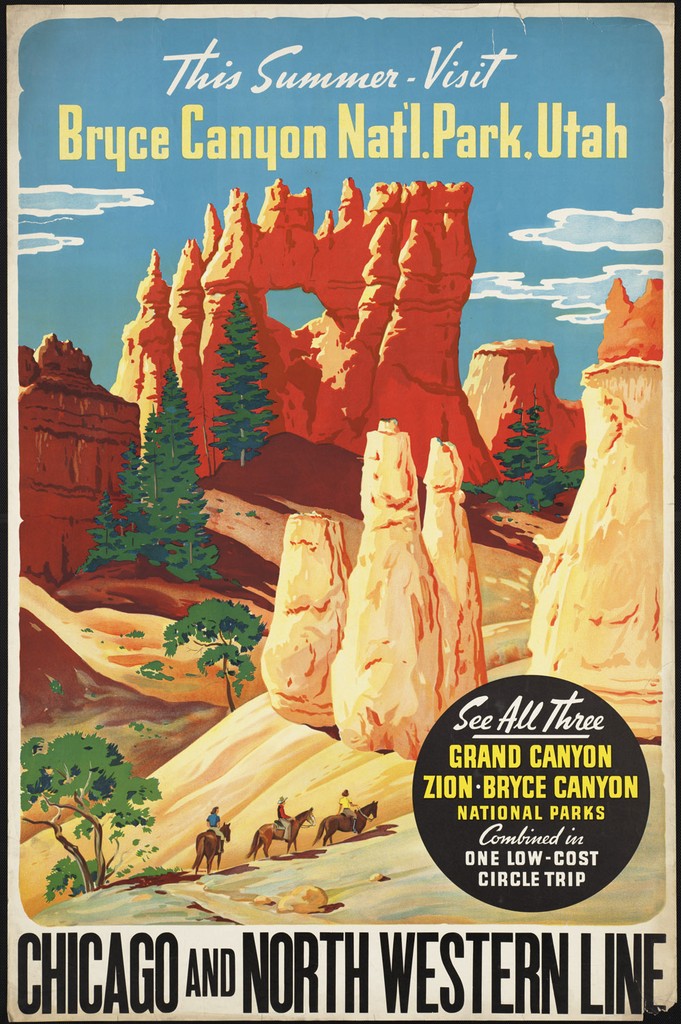
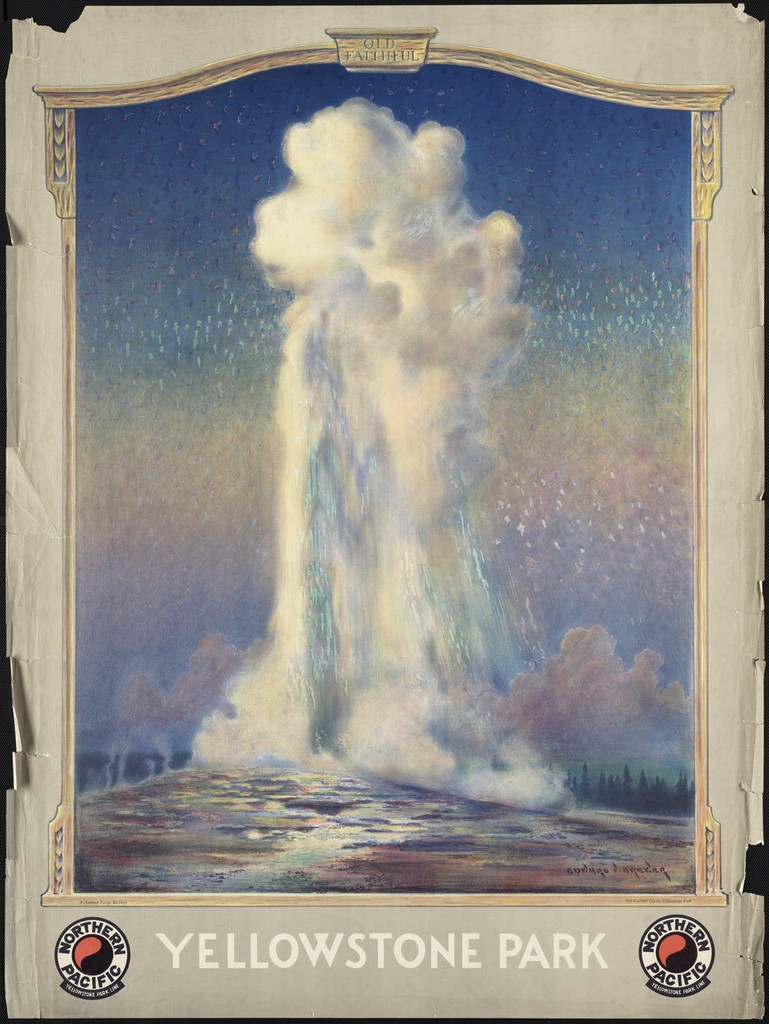
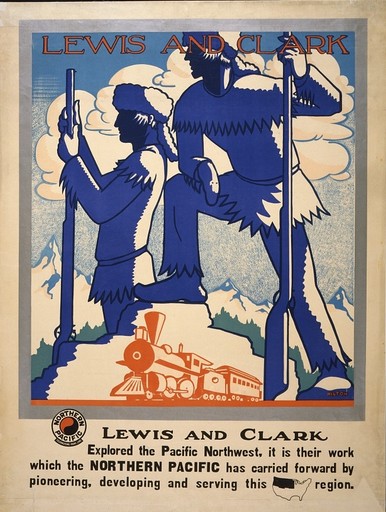
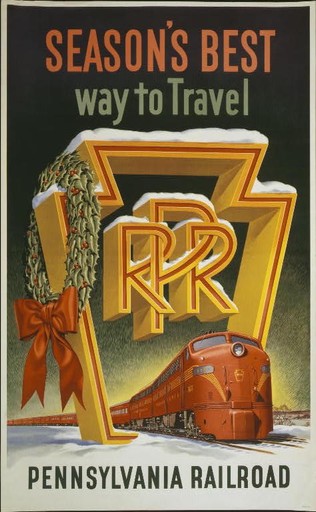
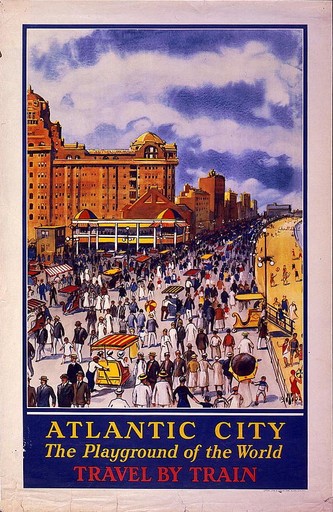



















The Golden Age of
Rail Transport
The golden age of passenger rail transport in the US occurred in the early 1900s. During this time, the US rail network reached its peak, with trains operating across the country and connecting major cities and towns. The railroads were the primary mode of long-distance transportation, providing comfortable and reliable travel for passengers.
The golden age of passenger rail transport was marked by the introduction of luxurious and elegant trains, such as the Union Pacific Railroad's "Overland Limited" and the Santa Fe Railroad's "Super Chief." These trains featured amenities such as dining cars, sleeping cars, observation cars, and lounge cars. During this time, railroads also played a crucial role in the expansion of the US economy and the growth of industry and agriculture. They facilitated the transportation of goods and resources, and helped to open up new territories and markets.
However, the golden age of passenger rail transport came to an end with the rise of the automobile and the development of the interstate highway system. As cars became more affordable and convenient, passenger rail travel declined, and many railroads were forced to shut down or merge with other companies. Today, passenger rail transport in the US remains an important mode of transportation, but it no longer holds the dominant position it once did.
Intercity rail is a type of train service that operates over long distances and is designed to connect cities and regions. There is intercity passenger rail, which is designed to carry people and then there is freight rail which is designed to carry goods, and the trains are typically larger and slower than passenger trains.
The United States boasts the world’s largest rail network, the country’s intercity passenger rail system lags far behind that of its peers. Amtrak, the nation’s primary provider of intercity passenger rail service, provides less than 1 percent of the total U.S. intercity passenger miles traveled by common carriers and owns just 625 miles of dedicated passenger rail track out of more than 140,000 miles of rail track in the U.S.
We can see how little the government has spent on railroads in the past when compared to other modes. The technology and infrastructure required for high speed rail is more complex than other types of transportation, making it a difficult task to implement. Political disagreements between local and federal governments has also slowed down the adoption of high speed rail. Without federal investment to encourage private and state and local investment, high-speed rail will continue to be out of America’s reach.
High-Speed Rail vs
Cars vs Planes
The potential benefits of high-speed rail in the United States are significant. High-speed rail has the potential to improve connectivity between cities, reduce congestion on highways and at airports, and provide a more environmentally friendly form of transportation.
High-speed rail could also boost economic growth and job creation, as it would require the construction of new rail lines and stations, as well as the development of new technologies and services related to rail transportation.

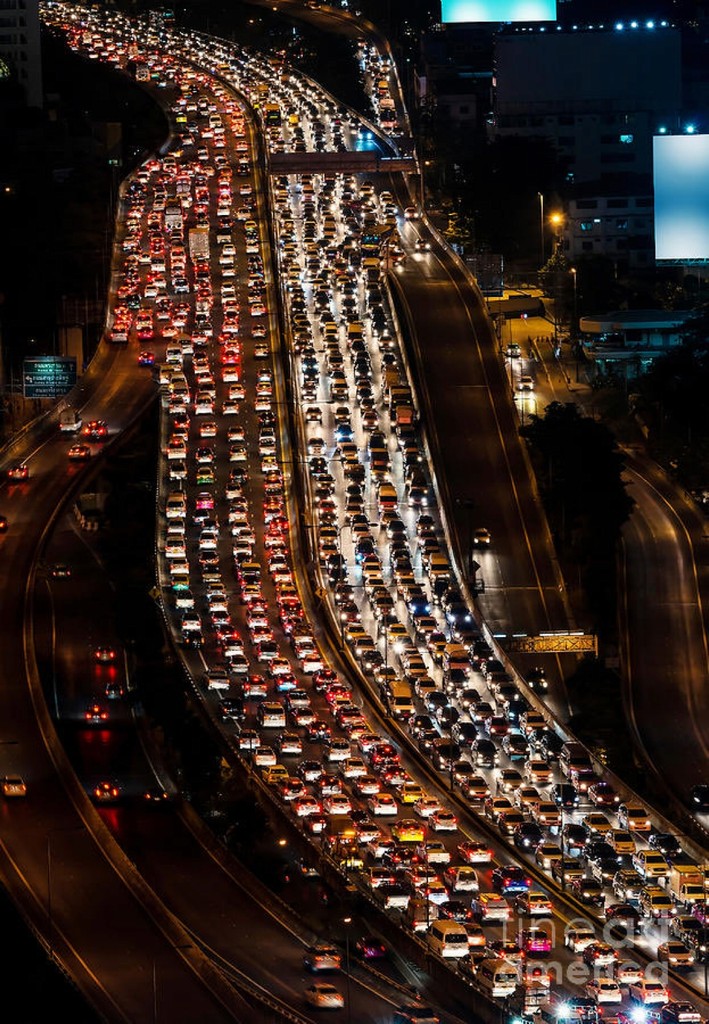
Transportation is responsible for 23% of the total national fossil fuel emissions. Rail only contributes about 2% of transportation emissions, whereas road travel accounts for 73% of emissions and air travel for 11%.
High-Speed Rail
Around the World
The High-Speed Rail
Experience
High-speed rail is best suited for medium-distance trips. Some examples of possible routes are shown below.
Let us visualize a trip from Portland to SF to understand the benefits of HSR
30 min
Car: The car is on its way. There is congestion on highways due to peak office hours.
40 min
HSR: The train station is 15 mins away by bus. Also it takes 25 mins to board the train.
2:30 hr
Flight: It takes 30 mins from downtown Portland to reach Portland Airport. It also takes around 2 hours to board the plane.
1:40 hr
HSR: The train has reached halfway is running at 250 miles per hour. There are lots of amenities on board, such as a dining coach, plenty of luggage space, and on-board wifi
3:20 hr
Flight: The flight has reached halfway, with speeds up to 500 miles per hour. On an average economy class, only hand luggage is allowed, there is no food or wifi provided and cellular services also do not work.
5:00 hr
Car: It would about 5 hours to reach halfway by car. You would have to stop a few times to get gas and also food.
3:15 hr
HSR: The train has reached the station, which is in downtown SF. It would take 15 mores minutes to reach the final destination
4:20 hr
Flight: The flight will take one hour longer to reach the airport. Also, you would have to take a light train/taxi/ car rental which would add another 30-40 before you can reach your final stop.
10:00 hr
Car: The car would take 10 hours and you would waste your entire day and reach your final destination feeling very tired.
#1
HSR is usually 30-50% cheaper and releases a fraction of emissions when compared to short-distance flights
#2
Flight would release around 50 times more emissions than an electrified HSR which is extremely harmful for the planet.
#3
Car would release around 35-40 times more emissions than traveling by HSR. Also driving is one of the most unsafe modes of travel






































Future of HSR
Overall, the development of high-speed rail in the United States is an ongoing process, with several projects currently underway and many more in the planning stages. While challenges remain, the potential benefits of high-speed rail are significant, and the United States is gradually moving towards a future with more high-speed rail options for passengers and goods.
Sources
- https://www.bts.gov
https://www-tc.pbs.org/fmc/book/pdf/ch13.pdf
https://www.railway-technology.com/analysis/what-killed-public-transport-in-the-us/
https://www.iea.org/reports/rail
https://www.omio.com/trains/high-speed#connections
https://jscholarship.library.jhu.edu/bitstream/handle/1774.2/66922/Hebert-Capstone%20Project-2022.pdf?sequence=1
https://static1.squarespace.com/static/5cb7e5637d0c9145fa68863e/t/617f836ac0c880691241eda5/1635746666915/HouseTI1.pdf
https://en.wikipedia.org/wiki/List_of_major_cities_in_the_United_States_lacking_inter-city_rail_service
https://www.downsizinggovernment.org/transportation/high-speed-rail
https://en.wikipedia.org/wiki/List_of_high-speed_railway_lines
https://www.apta.com/research-technical-resources/high-speed-passenger-rail/benefits-of-high-speed-rail-for-the-united-states/
https://www.loc.gov/pictures/